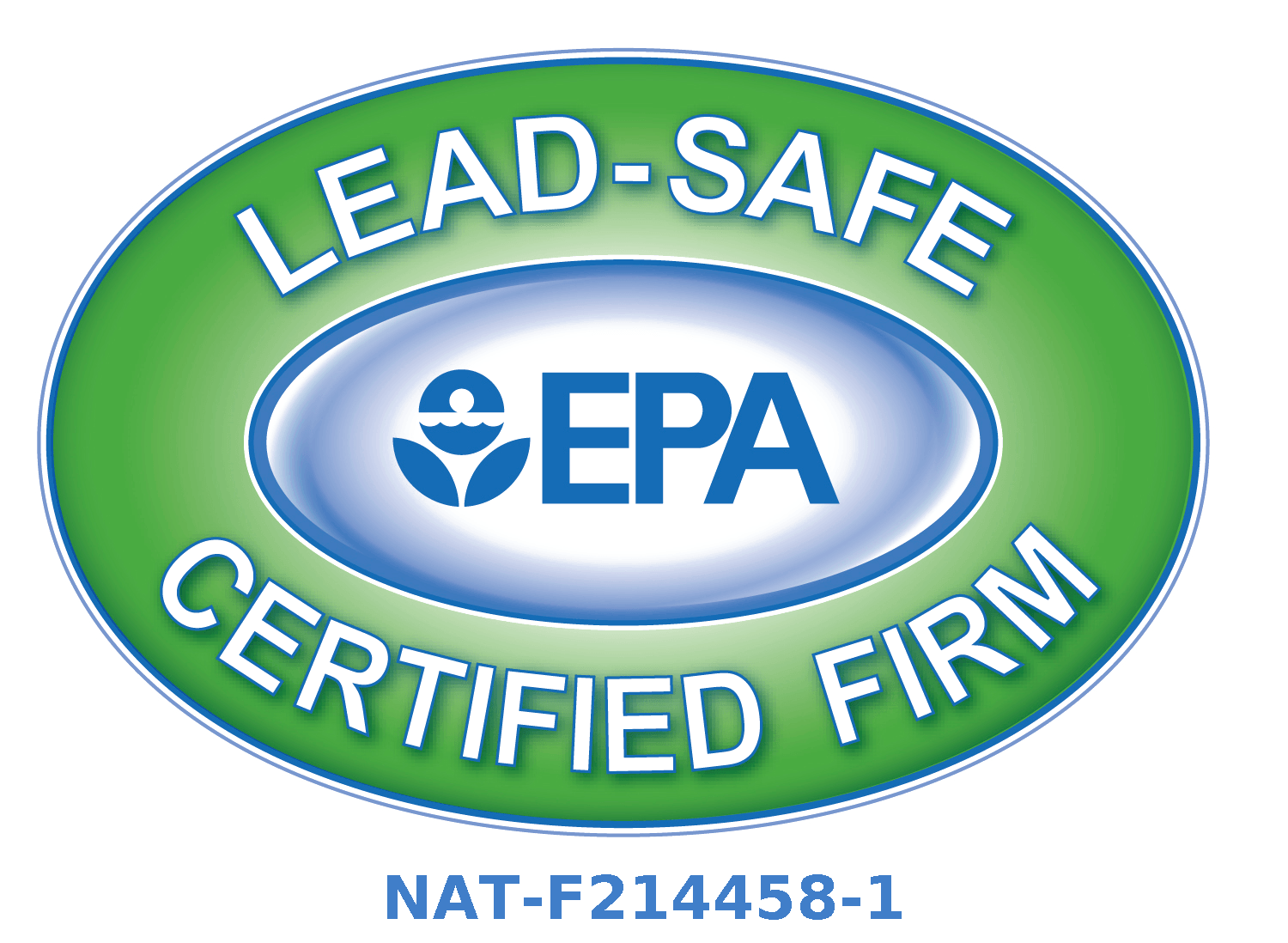How Does a Plumber Find a Slab Leak?
Slab leaks can be a nightmare for homeowners, leading to costly repairs and potential damage to the foundation of the house. Detecting a slab leak early on is crucial to prevent further complications. Fortunately, professional plumbers possess the expertise and specialized tools necessary to identify and address slab leaks promptly. Let's explore the process that plumbers follow to detect slab leaks and highlight the importance of early detection.
Understanding Slab Leaks
Before delving into detection methods, it is essential to grasp what slab leaks are. Slab leaks refer to water leaks that occur beneath the concrete foundation of a building. They can stem from various sources, such as corroded pipes, shifting foundation, or poor installation. Common signs of a slab leak include unexplained water pooling, damp carpeting, reduced water pressure, sudden spikes in water bills, or the sound of running water even when all fixtures are turned off.
Visual Slab Leak Inspection
A professional plumber initiates the slab leak detection process with a visual inspection of the property. They will carefully examine the foundation, paying close attention to any visible signs of water damage, cracks, or discoloration on walls, floors, or ceilings. Additionally, they may inquire about any recent changes in water pressure or usage patterns to gather additional information.
Acoustic Listening Devices for Plumbing
One of the most effective tools plumbers use to detect slab leaks is an acoustic listening device. These devices are designed to amplify the sound of water flowing through pipes, making it easier to pinpoint the exact location of a leak. By listening for the characteristic sound of water escaping from a damaged pipe, plumbers can identify the general area where the leak is likely to be located.
Infrared Cameras and Thermal Imaging
Infrared cameras and thermal imaging technology have revolutionized the way plumbers detect slab leaks. These tools allow professionals to identify temperature differences caused by the presence of water. As water leaks from pipes, it alters the temperature of surrounding materials. Infrared cameras can capture these temperature variations, helping plumbers identify potential leak sources.
Pressure Testing to Locate Leaks
To confirm the presence and precise location of a slab leak, plumbers often perform pressure tests. This process involves isolating sections of the plumbing system and pressurizing them to detect any drop in pressure. If a particular section of the system experiences a pressure drop, it indicates the presence of a leak in that area. By isolating different sections, plumbers can narrow down the location of the slab leak and plan the appropriate repair strategy.
Slab Penetration
In some cases, when other detection methods fail to provide conclusive results, plumbers may need to resort to slab penetration. This involves creating small access points in the flooring to gain direct access to the pipes. Using specialized tools, they can visually inspect the pipes for any visible signs of leakage or damage.
Fry Plumbing Can Detect Your Slab Leak
Detecting a slab leak promptly is vital to prevent further damage and mitigate potential risks associated with water intrusion beneath the foundation. Professional plumbers employ a combination of visual inspections, acoustic listening devices, infrared cameras, thermal imaging, pressure testing, and, as a last resort, slab penetration to accurately identify the location of a slab leak. If you suspect a slab leak in your home, it is crucial to contact a reputable plumbing company like Fry Plumbing, Heating and Air Conditioning to assess the situation and address the issue promptly. Remember, early detection and repair can save you from costly repairs and extensive damage in the long run.



